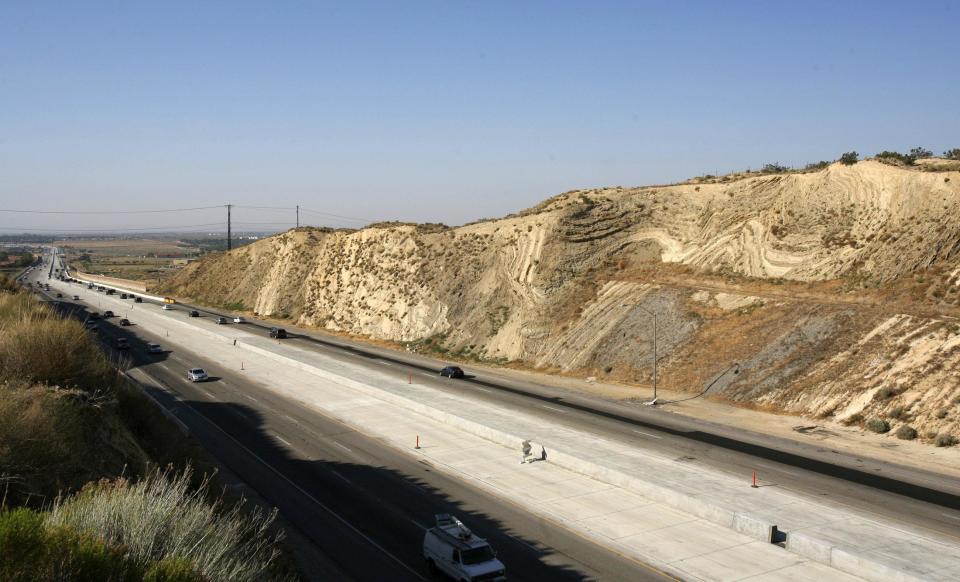Strange and unpredicted behavior behind mysterious California earthquakes, new research suggests
New findings on small earthquakes in California's San Bernardino basin suggest that something strange is going on underground.
The study, published in Geophysical Research Letters, looked at deformation patterns for thousands of quakes occurring deep below the San Andreas and San Jacinto faults. The earthquakes showed a surprising, previously undocumented movement: whereas most quakes in the region typically exhibit horizontal slipping, many occurring in the basin have shown vertical movement.
Michelle Cooke, a geoscientist at the University of Massachusetts Amherst and one of the authors of the study, said in a statement that her findings could be used to "better understand the loading that leads up to large damaging earthquakes".
"The findings of this study demonstrate that small earthquakes that occur adjacent to and between faults can have very different style of deformation than the large ground rupturing earthquakes produced along active faults," she said. "This means that scientists should not use the information recorded by these small earthquakes in the San Bernardino basin to predict loading of the nearby San Andreas and San Jacinto faults."
The researchers explored data behind frequent tremors happening beside and between the two California faults, at depths of six to 12 miles below the surface. Nearly one-third of all earthquakes throughout the region since 1982 are of the newfound “deep creep” variety, according to Ms Cooke.
"In this paper we’ve shown that there is a way to have these weird tiny earthquakes all the time next to the San Jacinto Fault below 10 km, which is where deep creep may be happening,” she continued. “We show that it’s plausible and can account for nearby enigmatic earthquakes."
She added: "The model may not be perfectly correct, but it’s consistent with observations."
Whereas geoscientists had previously been using data produced by the deep creep tremors to calculate the buildup of seismic pressure on the two primary faults, experts now say they will need to reconsider how quakes are forming throughout the basin.
Seismologists may be “sad to see the interpretability of their models undercut” by the latest findings, according to John Vidale, director of the Southern California Earthquake Centre, who told Newsweek the study was "quite well founded".
Still, Mr Vidale noted its implications remain "profoundly ambiguous," as researchers now seek to determine whether any of the findings could prove dangerous or troubling for California’s fault lines.
The San Andreas and San Jacinto faults are home to thousands of constant earthquakes, with occasionally deadly enormous tremors striking across the region. In 1989, the destructive Loma Prieta earthquake registered at a magnitude of 6.9 in the Santa Cruz mountains, causing over $6bn in damages and killing more than 60 people.

 Yahoo News
Yahoo News 

